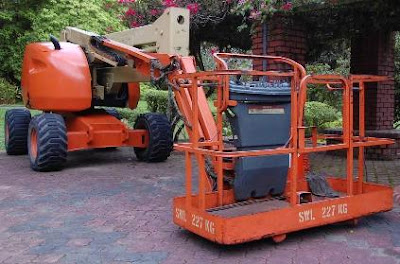Raffles Marina Ltd was fined $80,000 today for its failure to take reasonably practicable measures to ensure workplace safety and health, thereby contributing to the death of a worker on
About the case
Investigations by the Ministry of Manpower (MOM) showed that the employer had failed to take reasonably practicable measures to ensure that the workplace was safe and without risks. The employer failed to conduct risk assessment to identify and manage the hazards for the dishwashing activities. The employer also failed to ensure the kitchen was free from slipping and tripping hazards. Although the employer had issued a pair of safety boots to the worker for his use during the course of his work, it was insufficient to prevent the worker from falling.
Mr Heng Chiang Gnee, Deputy Chairman, Workplace Safety and Health Council said, “The death of a worker in the course of carrying out simple kitchen work shows that we must never take the safety at workplaces lightly. Employers must plan safe work procedures for all types of work, ensure that their workers are well briefed and implement safety measures effectively. Often, near misses during work, such as a slip at work, are not noted and no suitable immediate actions are taken to reduce risks and improve situations . To improve our safety management, there is a need to change mindset to seek out near misses and drive improvements even though near misses may not result in injuries. We should therefore all be mindful of the possible risks that our employees face everyday at work. If there are incidents or near-miss cases, measures must immediately be taken to prevent them from happening again. The Council urges all parties to pay serious attention to near-miss cases, or seemingly minor incidents, so that necessary steps can be taken to improve. With this mindset, we can then aim for safer workplaces for all our employees."
Mr Ho Siong Hin, Commissioner for Workplace Safety and Health, MOM added that the conviction of Raffles Marina Ltd serves as a stern warning to all workplaces to make safety and health a priority. He reminded all employers, individuals and stakeholders of the importance of ensuring and adhering to proper safety measures.

 Figure 1. Pipe B toppled and crushed the worker.
Figure 1. Pipe B toppled and crushed the worker.




